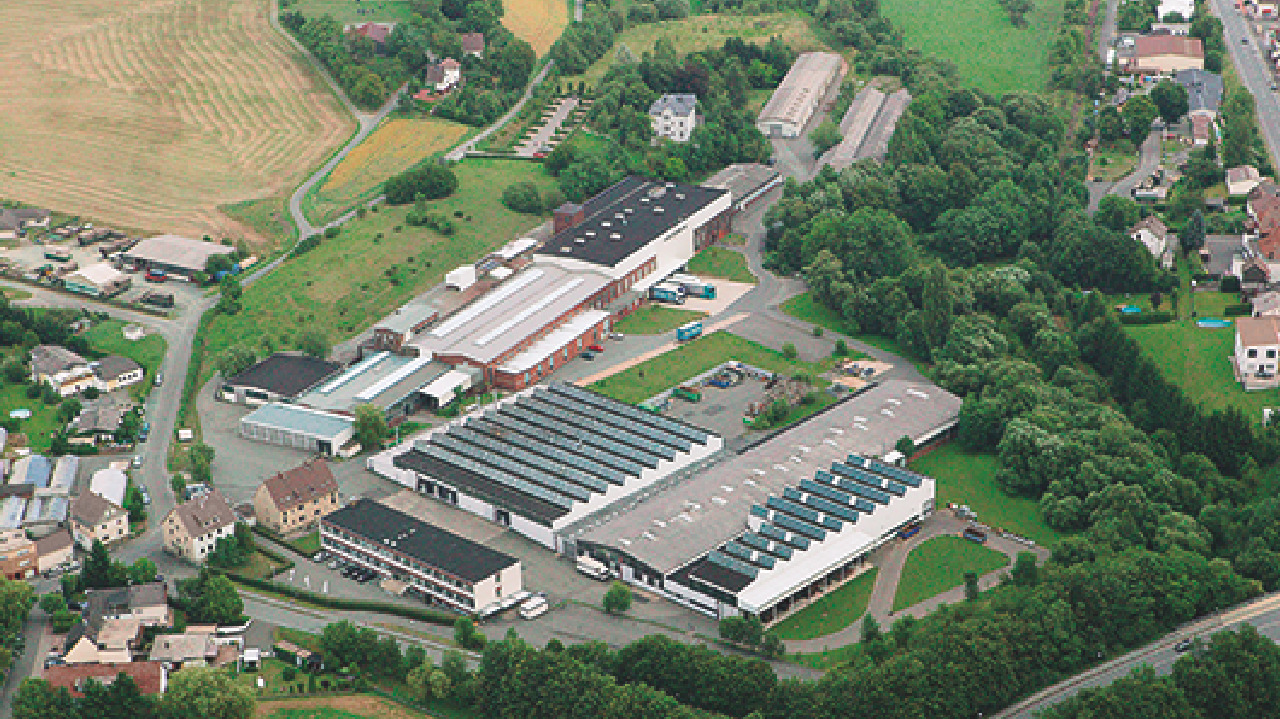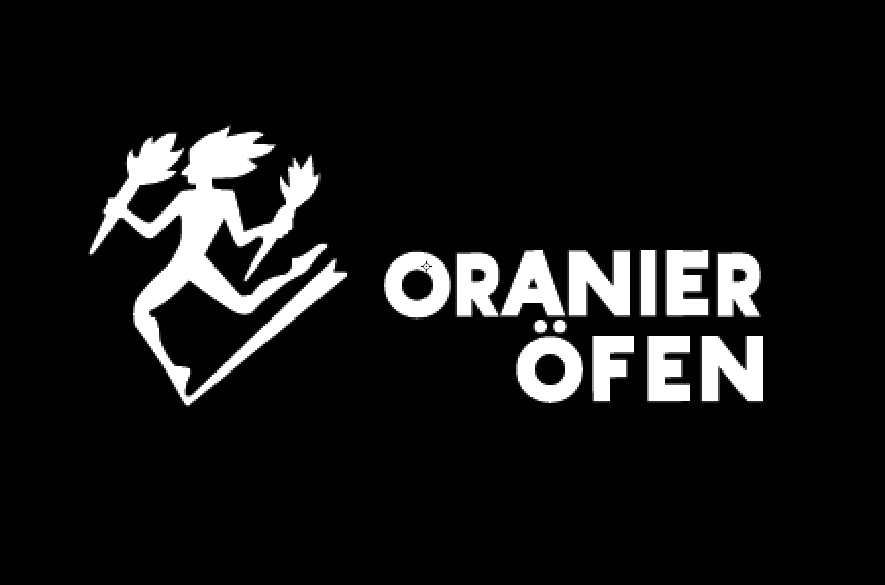
Oranier - a company with tradition
The noble family of Oranien Nassau dates back to the late 11th century. The counts named themselves after the Castle Nassau an der Lahn, close to Bad Ems. Through marriages and successions, the area expanded, on the one hand, to the region known today as the Netherlands, and, on the other hand, to the French Orange (or in German: Oranien). The noble family has thus held the double name Oranien-Nassau since the 16th century.
The famous Dillenburg scion, Wilhelm I, while educated in the Catholic faith was in fact very tolerant in religious matters. He assisted the Dutch in their fight against the Spanish and was able to free the Netherlands from the dyed-in-the-wool conservative Catholics.
Wilhelm I had 13 children. His son Moritz stayed in the Netherlands. Many generations later, succession was no longer tied to the male offspring, and Wilhelmina, and later Beatrix, could be crowned Queen of the Netherlands.


2014 / 2015:
Oranier buys the new business premises in Haiger-Sechshelden, directly next to the motorway, and relocates the company headquarters and the operative business back to its origin.

2010:
Restructuring of the company into ORANIER Heiztechnik GmbH and ORANIER Küchentechnik GmbH.

2008:
Production moves abroad. Design and development of the appliances remain with Oranier in Germany.

2005:
Acquisition of Dessauer Geräteindustrie and relocation of the production of stoves to Gladenbach.

2000:
Oranier buys JUSTUS Wärmetechnik GmbH and brings together the company headquarters and production at the new location in Gladenbach-Weidenhausen.
1994:
Demerging of the heating and cooking division after Frank AG goes bankrupt. Foundation of Oranier Heiz- und Kochtechnik GmbH.
1989:
Expansion of the sales network for stoves and ovens into Former Eastern Germany

1978:
Development of the gas-under-glass technology.
1970:
Oil crisis hits the stove industry.

1963:
Start of production of gas heaters.

1954:
Start of production of oil stoves.
1949:
Explosive increase in sales due to backlog demand for ovens and stoves in the post-war period.

1945:
Destruction of about 85% of the facility in air raids on the nearby marshalling yard.
Reconstruction of the facility by returning workers, start of production of small cast iron stoves.
1934:
Start of production of electric stoves.
Development of propane gas stoves with IG Farben in Leuna. Exclusivity until 1945.

1928:
Start of production of gas stoves on assembly lines for the first time.
First production of liquid gas stoves, a joint development with IG Farben, Leuna.

1924:
Start of production of coal stoves.

1920:
Start of production of the Gropius stove - the first designer stove for Oranier in Germany, designed be the famous Bauhaus architect Prof. Walter Gropius. His wife was born into the Frank family and was a shareholder in Frank ́sche Eisenwerke.
1918:
Start of production of wrought iron stoves.

1904:
Introduction of the product name Oranier for heating and cooking devices from Frank’sche Eisenwerke. Up until then, the ovens had only been sold under the name Adolphshütte or Perseus.
1892:
Extensive production of stoves for discerning customers (hermitage stoves, cylinder stoves, etc.)

1841:
Start of production - black, cast-iron pellet stoves.
1839:
Purchase of a hammer mill by brothers Christian and Georg Frank.

1604:
Founding of the hammer mill on the Dill by Georg Count of Nassau-Catzenelnbogen, a nephew of Wilhelm of Oranien. The business started as a forge at a time when the Siegerland iron mining industry was flourishing.